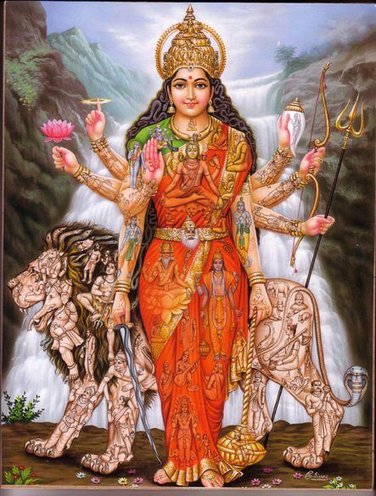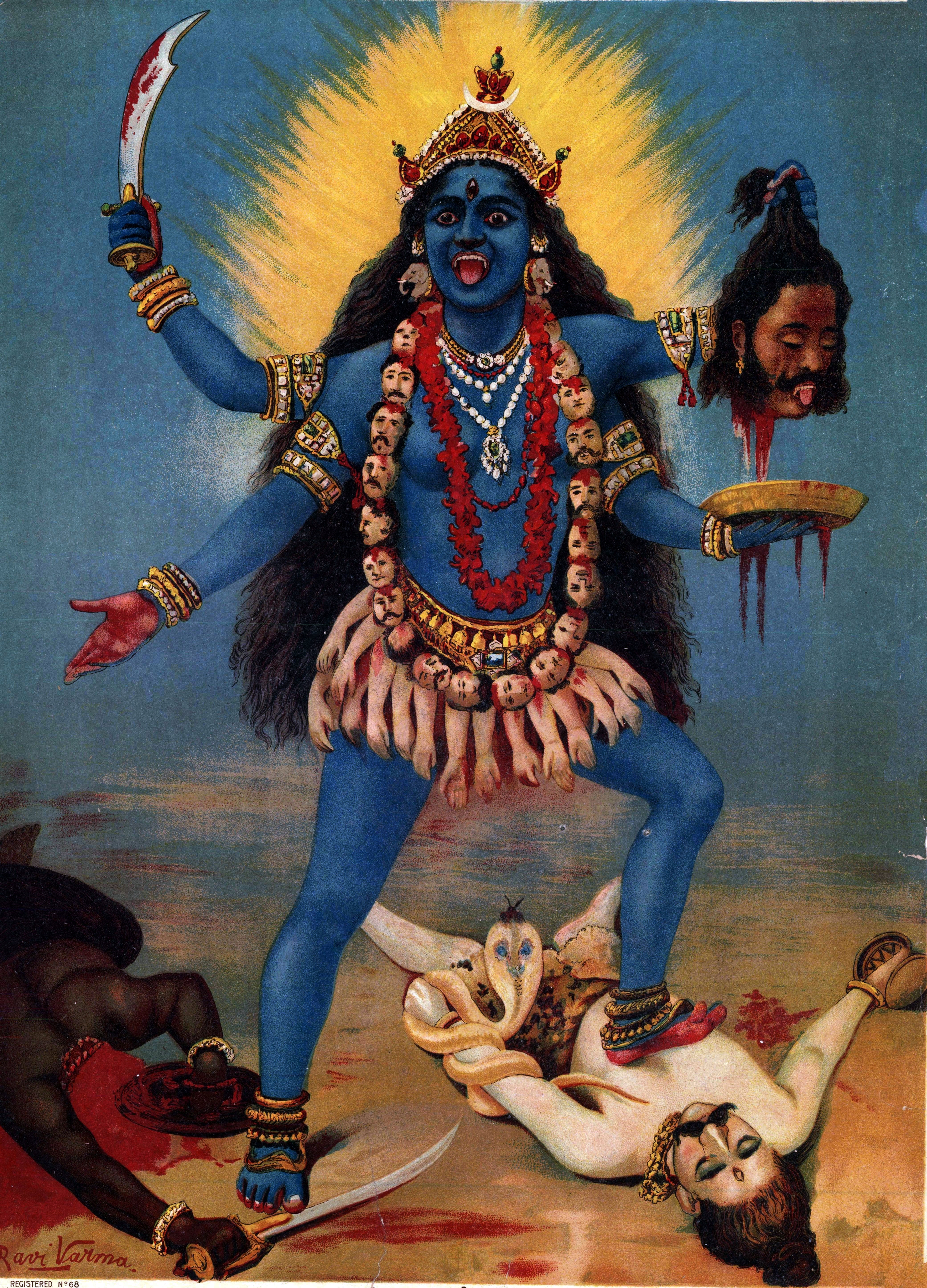 |
| Pandora opening her box of mysery |
On another role, the temptress, Leeming wrote, "The femme fatale--the female enchantress--can also stand in the way of the male hero's quest, providing an immediate goal that distracts the protagonist from the sacred one." And there are so many examples for this particular role; have a look at the Sirens, Circe, Delilah, or maybe the famous Helen of Troy.
 |
| Circe Invidiosa (Jealous Circe) - painting by J. W. Waterhouse, depicting Circe poisoning the water to turn Scylla into a sea monster. |
 |
| Circe with her magic wand, offering a cup to Ulysses |
 |
| Ulysses and the Sirens by Herbert James Draper |
In Javanese wayang stories, Arjuna, the most good looking and prowess knight, often depicted going into meditation and would get frequent distraction from women (and nymphs alike) who fall in love with his striking attractiveness. Usually they end up trying hard to seduce him out of his meditation.
 |
| An Indonesian dance depicting Arjuna meditating at Mount Indrakila, being seduced by seven angelic nymphs. |
That is why for me personally, it is exquisitely refreshing when there are exceptions for women from these roles. Some examples are Gaia as the Mother Earth, or Sophia, the female embodiment of wisdom.
But on this blog post I want to focus more on women in mythology as the manifestation of strength, necessary destruction and death as the force of life, and divine love; all portrayed by the many forms of Shakti in the Hindu stories of deities. A quick definition of Shakti from wikipedia:
Shakti (Sanskrit pronunciation: [ˈʃʌktɪ]) (Devanagari: शक्ति; from Sanskrit shak, "to be able"), meaning "Power" or "empowerment," is the primordial cosmic energy and represents the dynamic forces that are thought to move through the entire universe in Hinduism. Shakti is the concept, or personification, of divine feminine creative power, sometimes referred to as 'The Great Divine Mother' in Hinduism.One of the earliest manifestation of Shakti in the world was as Sati, the daughter of Prajapati Daksha who is a great king and a son of the god Brahma. It is said that when his wife, Queen Prasuti desired to have a daughter, they both went into rigorous act of meditation. They gave up their material worldliness, conducted a penance and worshiped upon goddess Adi Parashakti , the Hindu concept of ultimate power inherent in all Creation (who is the manifested form of Shakti). After their penance was over, the Goddess asked them what boon they wanted to be blessed with; to which they answered they wanted the Goddess herself to be reborn as their daughter (such a greedy request, me thinks). Adi Parashakti granted their request but gave them a warning that shall she be insulted, she would return to her true form and forsake her attachments with them. They agreed, and a daughter named Sati was born.
 |
| Adi Parashakti |
Fast forward to Prajapati Daksha now being one of the greatest kings ruling the realm of the world. Daksha's greatest glitch is his hatred towards Shiva. Daksha thinks Shiva and his non-material asceticism is threatening the feudalistic structure of status and mannerism. Oh but of course the universe wants to teach him a lesson by making Sati be the manifestation of Shiva's consort. Shiva as the god of destruction has a strong tendency of going into total asceticism, and Sati (as well as later on, Parvati) plays a role in bringing him out of the ascetic isolation and into creative participation in the world.
Sati and Shiva went into great lengths to be together due to Daksha's arrogance and his hatred towards Shiva. Against Daksha's wishes Shiva and Sati managed to get married and they stay married happily, until Daksha purposely created a sacred worship ceremony (a yagna) where all gods but Shiva were invited. Sati has heard about this ceremony and she second-guessed herself on why her father had not invited her and her husband. She knew that it is possible her father left them out intentionally, out of the remains of arrogance and hatred he harbors against Shiva and their marriage. But Sati decided to give Daksha the benefit of the doubt, and she came to the ceremony on her own thinking, "I am a family member, silly me to think I need to receive an invitation to come!" Yet this is exactly what Daksha wanted Sati to do so he could humiliate her in front of all the audience. Daksha told the whole audience of how now Sati had also become mannerless and coming to a high profile event without invitation. Sati felt greatly insulted. She took special insult when her father bad mouthed her husband on and on with demeaning words. So Sati decided to self-immolate herself as an act of purification and sacrifice. She prayed on the god of fire, Agni to burn her body, but Agni rejected out of fear and compassion of the true form of Sati. Eventually Sati manifested her kundalini power and transformed into Adi Parashakti. She then cursed Daksha to be killed by Shiva before burning her human embodiment to death. (A note on this act of self-immolation, popularly known as the act of Sati, was actually then taken up in real life as a religious ritual in Hindu communities across India and Nepal before it was made illegal by the government in 1829 and 1920 respectively. The act of Sati refers to a funeral custom where a widow was expected to immolate herself on her husband's pyre, or to commit suicide in another ways shortly after her husband's death at war or from other causes. Terrible, I know. So there are still some aspects where Sati in her manifestation of bhakti, or devotion, is now seen in the modern world as a gender repression or sexism).
Sati thus became a goddess representing marital felicity and longevity.
In this video below, depicting the moment of wrath where Sati returns to her true visible form as Adi Parashakti, I love how Sati breaks free from the traditional confines of a woman as a daughter that has to obey and bear whatever the father figure rolls out. And how she transcends into this magnificent, divine, and glorious form of dignity. Watch it from minute 16:00
Adi Parashakti in the form of Sati will next reincarnate as Parvati, who will take on the forms of Durga and Kali. More on that in next blog posts!
Sneak preview: Kali

No comments:
Post a Comment